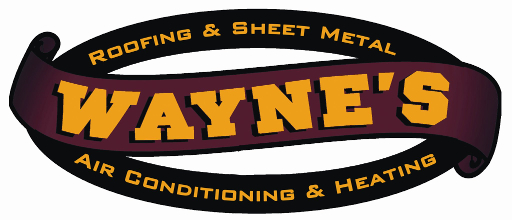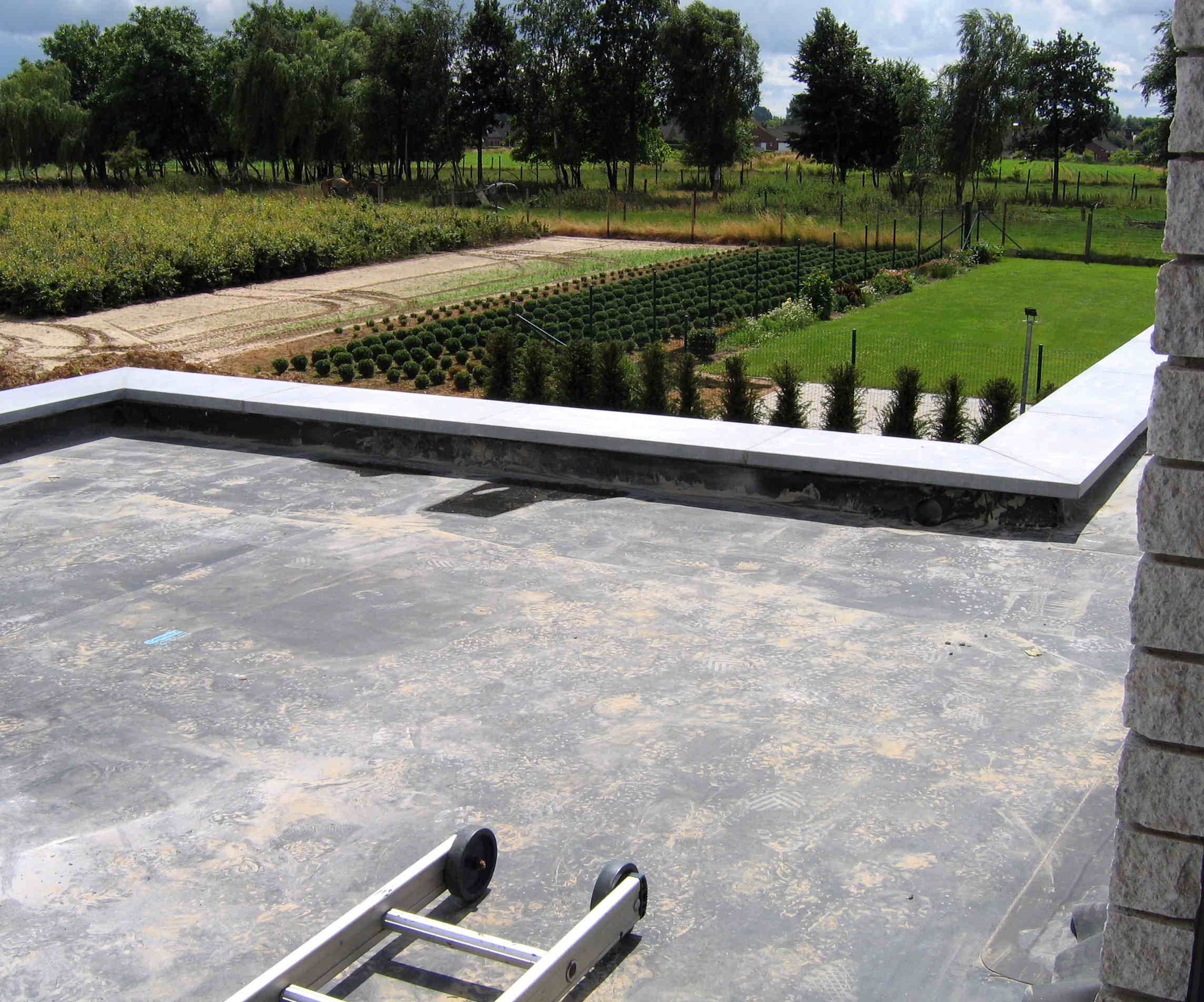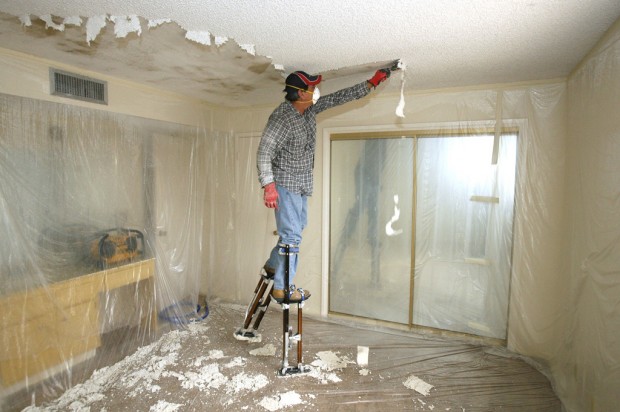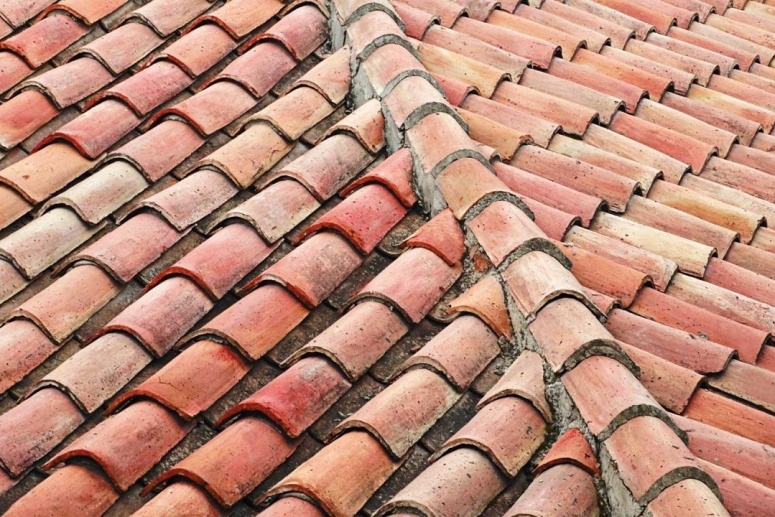Waterproofing flat roofs is a necessary activity for protecting the roof from the damaging effects of precipitation. This is an important step, the neglect of which can detrimentally impact on the integrity of not only the roof but also the building itself. Therefore, all waterproofing of the roof work must be carried out during construction, not after a couple of years passed.
The Preparation of Roof Waterproofing
Whatever the material for waterproofing the roof you choose, the stacking process always starts in the same way, with the preparation of the base.
First, you should clean debris from the roof is the best compressor. It is important to act with care. It is convenient to set the perimeter of the special roof screens that will prevent the dust clouds and debris down.
For cleaning the roof surface in the joints, panels and various fastening materials (antennas, air conditioning outlets, etc.), you can use hard wire brushes or a drill with a brush attachment.
Finally, to get rid of all the excess on the roof, you can wash it using high-pressure car wash. However, the roof will have to be thoroughly dried after such a procedure.
If the waterproofing of flat roofs applied on the concrete base, it is necessary to eliminate the grout. The easiest way to do this is with the help of grinding. This method will remove the top layer of concrete and open the pores.
In addition, it is necessary to check the presence of the defect cover. If you find cracks and crevices, you should clean and restore it using the classic cement and sand mortar.
Applying Waterproofing Paints
Waterproofing paints are highly elastic and resistant products. As in the waterproofing with asphalt mantle, these should be applied on a clean, dry and level surface.
There are three basic types of paint to waterproof terraces and roofs. Your choice depends on the use you want to give this terrace (little or a lot of traffic). There are color charts for the paintings that serve to waterproof the roofs, inside them it is preferable to use a light color preferably white to reflect the sunlight and in that way, it is cooler the internal space under that roof:
- Acrylic paints
They are an excellent solution for terraces of occasional passage or low traffic.
Advantages of acrylic paints: It is easy to install, have good aesthetic finish and thermal insulation properties.
Disadvantages of acrylic paints: prone to tearing with sharp elements so they are recommended only for areas of little traffic.
- Acrylic rubber paints
It is also recommended for waterproofing areas of little traffic.
Advantages of acrylic rubber for waterproofing terraces: It is easy to install. Because it has a higher resin content, it is more waterproof and durable than acrylic paint.
Disadvantages of acrylic rubber: it is less walkable than acrylic paint.
- Polyurethane
It is recommended waterproofing for terraces and roofs with a lot of traffic.
Advantages of polyurethane: It is easy to install, great impermeability and passability friction resistance, durability and a good aesthetic finish (including textures).



